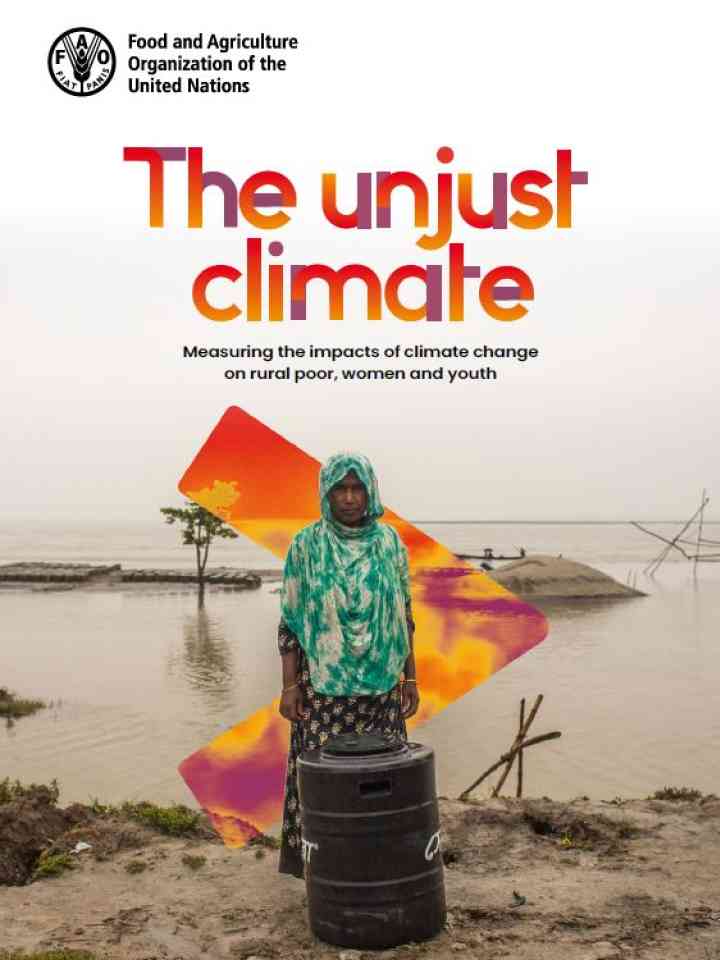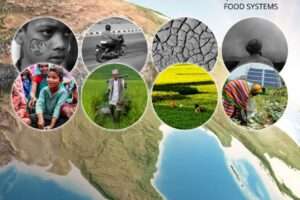This report assembles an impressive set of data from 24 low- and middle-income countries in five world regions to measure the effects of climate change on rural women, youths and people living in poverty. It analyses socioeconomic data collected from 109 341 rural households (representing over 950 million rural people) in these 24 countries. These data are combined in both space and time with 70 years of georeferenced data on daily precipitation and temperatures. The data enable us to disentangle how different types of climate stressors affect people’s on-farm, off-farm and total incomes, labour allocations and adaptive actions, depending on their wealth, gender and age characteristics.
Key report findings are:
- In an average year, poor households lose 4.4 percent of their total income due to floods relative to better-off households.
- Rising temperatures increase poor households’ dependency on climate-sensitive agriculture relative to that of non-poor households. A 1° C increase in average temperatures leads to a 53 percent increase in the farm incomes of poor households and a 33 percent decrease in their off-farm incomes, relative to non-poor households.
- Women plot managers are as capable as men to adopt climate-adaptive agricultural practices, but often lose more income and off-farm opportunities when exposed to extreme weather events. Each day of extreme high temperature reduces the total value of crops produced by women farmers by 3 percent relative to men.
- In an average year, households headed by young people see their total incomes increase by 3 percent due to floods, and by 6 percent because of heat stress, relative to older households.
- Heat stresses cause young rural households in low- and middle-income countries to increase their annual off-farm income by $47 billion relative to that of other households.
- Extreme temperatures push children to increase their weekly working time by 49 minutes relative to prime-aged adults, mostly in the off-farm sector, closely mirroring the increase in the work burden of women.




Add Comment